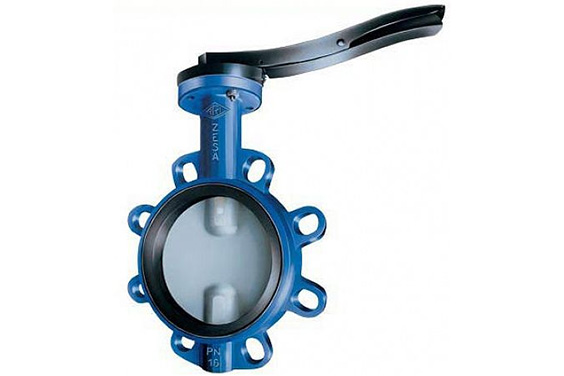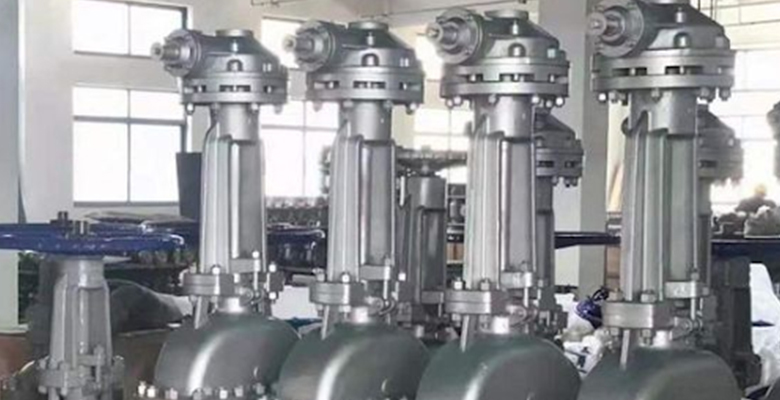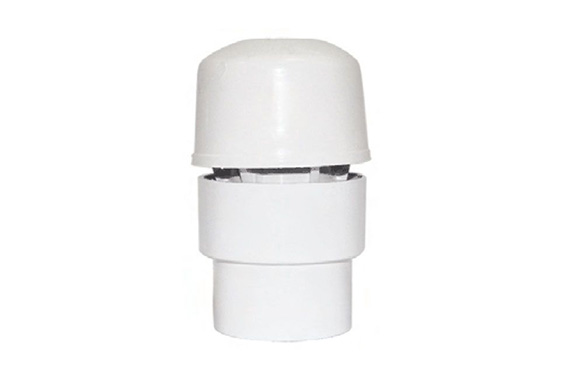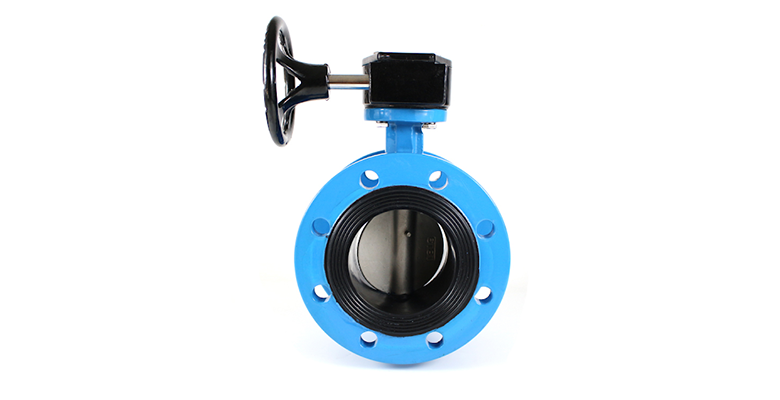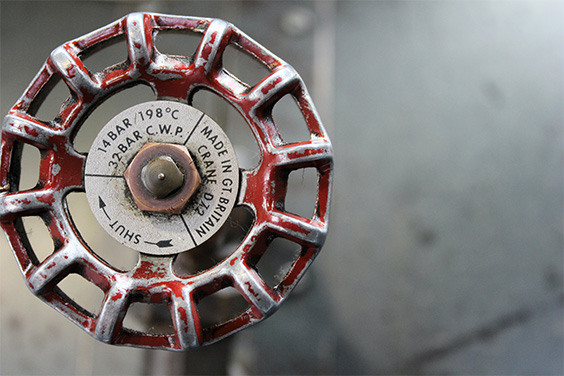It is a common misconception that the medical gas system only refers to the oxygen that is pumped to patients who are undergoing surgery or are receiving in-patient care. In fact, there are several gasses that are included under medical gasses, including anesthesia gasses. Medical gas systems are akin to life-sustaining medicines and hence need to be administered with care.
There are several rules and regulations that come into play while supplying medical gasses from supply systems to storage cylinders and finally to the patient via nasal tubes, masks, and more. There are different medical gas cylinder valve types made by the best China valve supplier SIO, to regulate the flow of clean, unadulterated air to the patient, as discussed below.
What Is A Medical Gas Valve?
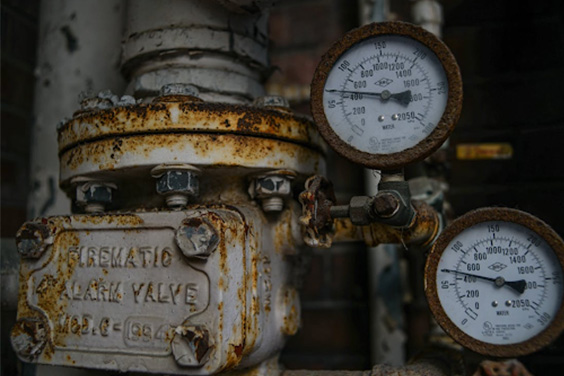
Valves that are explicitly used in the medical and healthcare industry are known as medical gas valves. Since the administration of medical gasses often involves patients who are seriously ill, these valves are designed with the utmost precision and care to meet the rules and regulations set by the medical regulatory bodies.
Every component of a medical gas valve or a pharmaceutical valve is manufactured with high-quality materials like stainless steel that facilitate maintenance and are not susceptible to bacterial or mold growth.
Medical gas valves come with a slew of benefits. For instance, solenoid valves are widely used in the medical industry for oxygen therapy since they are economical, reliable, and function effectively.
Different Medical Gas Cylinder Valve Types
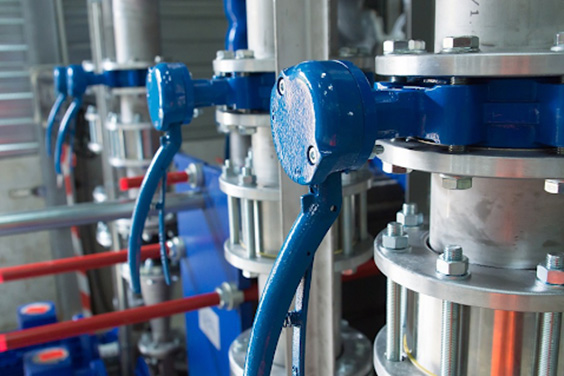
There are several different medical gasses that are administered to patients in the medical industry in different capacities. The five most common ones are oxygen, carbon dioxide, medical gas, nitrogen, and nitrous oxide. There are different medical gas valves that are used either in the supply system or cylinder system to control the flow and hygiene of these gasses.
Medical Ball Valve
A medical ball valve is a sterile valve typically used in medical gas pipelines to shut off the distribution of gas to individual zones for maintenance or emergency purposes. This shut-off valve stops or starts the flow of gasses with the help of a rotary ball that is equipped with a bore. When the valve is turned by 90 degrees along its axis, the gas either flows through the pipe or is blocked.
Some of the common ball valve types include threaded valves, vented valves, flanged valves, and forged valves. Ball valves can also be divided into one-piece, two-piece, and three-piece valves, depending on the number of ports. In the medical industry, three-piece valves are preferred as the central body can be removed for servicing without disrupting or shutting down the entire medical gas supply system.
Medical Check Valve
A medical check valve is an anti-contamination valve utilized to control the direction of gasses. Its primary purpose is to prevent any backflow or mixing of gasses in the medical gas supply system. Check valves are considered to be simple and cost-effective solutions to what could be an expensive, potentially life-threatening issue.
A check valve works with the help of pressure; that is, a stream of minimum upstream pressure is required to open the valve. Once the gas passes through, it closes. There are different types of check valves used depending on the application, including nozzle check valves, ball check valves, diaphragm check valves, and lift check valves.
Solenoid Valve
Miniature solenoid valves are used in oxygen therapy devices since they are cost-effective and reliable. In addition, they offer a high degree of functionality. Since the pressure in a medical device is considerably lower as compared to gasses utilized in other industrial applications, solenoid valves, which offer proportional control, are preferred for these devices.
Furthermore, solenoid valves too can be combined with a smart control system to deliver accurate solutions. An automated solenoid valve can therefore extend the capabilities of specialized medical devices.
Isolation Valve
Isolation valves are typically used for applications where the gas control must be precise and leak-free. In these applications, the gas must be contained safely and controlled to the desired limits without any contamination from environmental pollutants. In some instances, a membrane may be utilized to isolate the gas, along with other unique design elements.
Alternatively, a pinch control valve may be used. In this type of gas system, the gas can flow through a soft tube or pipe, while the valve controls the flow of the medium by ‘pinching’ the tube, as the name suggests. This ensures that the gas is not tainted by external contaminants and the gas is delivered safely, in the desired amounts to the patient. The two types of isolation valves are rocker-style isolation valves and diaphragm isolation valves. Both of these are solenoid-operated devices.
Applications Of Medical Gas Valves
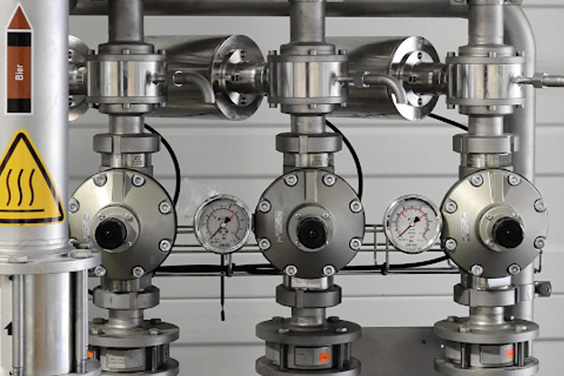
Medical gas valves are primarily used to control, stop, or start the flow of gasses in medical gas supply systems and cylinders. The five main types of gasses used in hospitals are discussed below.
1. Medical Air
Medical air is essentially a clean, sterilized supply of compressed air supplied in hospitals and other healthcare facilities for patient respiration. It has no odors, oils, or contaminants and is typically dry to prevent water buildup and subsequent mold growth. Medical air keeps a patient in the operating room comfortable and able to breathe without any hassle. Sources of medical air are directly connected to medical air distribution systems to ensure a seamless flow within the facility.
2. Oxygen
In healthcare facilities, oxygen is used for inhalation therapy and resuscitation. It has a variety of applications, including conditions like severe hemorrhage, carbon monoxide poisoning, life support, and COPD, to name a few. In hospitals, oxygen cylinders can be identified based on their color, a green label, and a unique gas-specific connection. They are connected to control valves and gauges to ensure safety. In some healthcare settings, liquid oxygen is stored in small tanks or dewars.
3. Carbon Dioxide
Carbon dioxide is used in less invasive surgeries like endoscopy and laparoscopy. It is used to enlarge the body cavity for increased visibility and smoother maneuvering of surgical instruments.
When mixed with oxygen, carbon dioxide can also be used to provide respiratory stimulation during and after anesthesia is administered to patients. Cryotherapy treatments are another application of carbon dioxide. In most cases, it is stored and supplied through a tank, but in larger facilities, it may be supplied via a tank.
4. Nitrogen
Nitrogen is essentially used to power tools, where instrument air is unavailable or not feasible to be used. It can be supplied through pipes via cylinders with applied pressure. Both the source and use site are equipped with alarm systems for safety.
5. Nitrous Oxide
When nitrogen is mixed with oxygen, it forms a nitrous oxide, which is used as an anesthetic. It has been used in several medical procedures as a sedative analgesic as well. It is widely used in operating rooms and dental facilities to spare patients the pain of surgery.
Factors To Consider When Selecting Medical Gas Valves
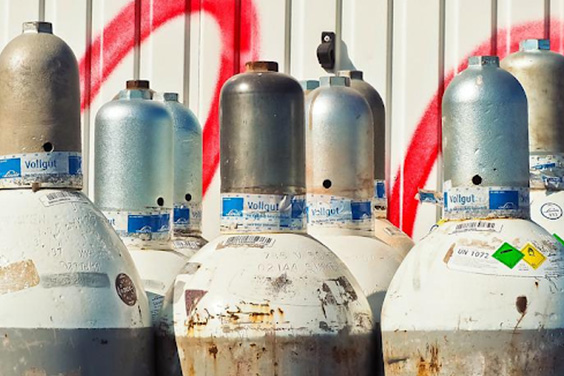
Selecting the right kind of valve is absolutely essential in the medical industry, especially because people’s lives are involved. Listed below are certain factors to consider before selecting a valve.
1. Application
As mentioned above, different valves have different functions, and hence their use in a medical gas supply system will be determined by their use. For example, in systems that necessitate complete on-off functions, two-way valves are preferred, whereas three-way valves are a better choice if gasses need to be diverted or mixed. In addition, factors like gas pressure, flow rate, leakage tolerance, and precision of flow need to be calculated in order to ensure durability.
2. Maintenance
An important fact behind valve selection is the amount of maintenance it requires. A cohesive maintenance plan helps identify any issues early on that could be expensive later on. In the medical industry, safety and hygiene standards are paramount, and regular inspection is necessary. In this case, three-piece ball valves are preferred, as they facilitate easy maintenance without the entire system being shut down.
3. System Pressure And Temperature
The valve and the material it is made from need to withstand the pressure and temperature of medical gasses without cracking or breaking. This is where selecting the right med valve size becomes essential, as it will help determine the pressure, temperature, and flow rate it can withstand. As a thumb rule, valves made from stainless steel are better suited to higher temperatures and pressure than the ones made from synthetic plastics.
4. Valve Specification
Needless to say, valves in the healthcare sector need to adhere to specific standards when it comes to hygiene and safety. They should be made from high-quality materials, follow the necessary sanitary standards and hospital guidelines, and must be free of contamination risks. Hence, carefully looking at the valve specifications is essential before selecting a valve.
Contact Professional Medical Valve Manufacturers - SIO
The selection of the correct valve is essential in the medical industry, to maintain standards of safety and hygiene. The gas delivery system in the medical sector is highly regulated, and selecting quality valves from trusted medical valve manufacturers like SIO is of the utmost importance.
SIO is among the global leaders in valve manufacturing, and its high-quality, durable, and economical valves continue to bolster its identity. Contact this medical valve manufacturer today to select the right valves for healthcare needs.

